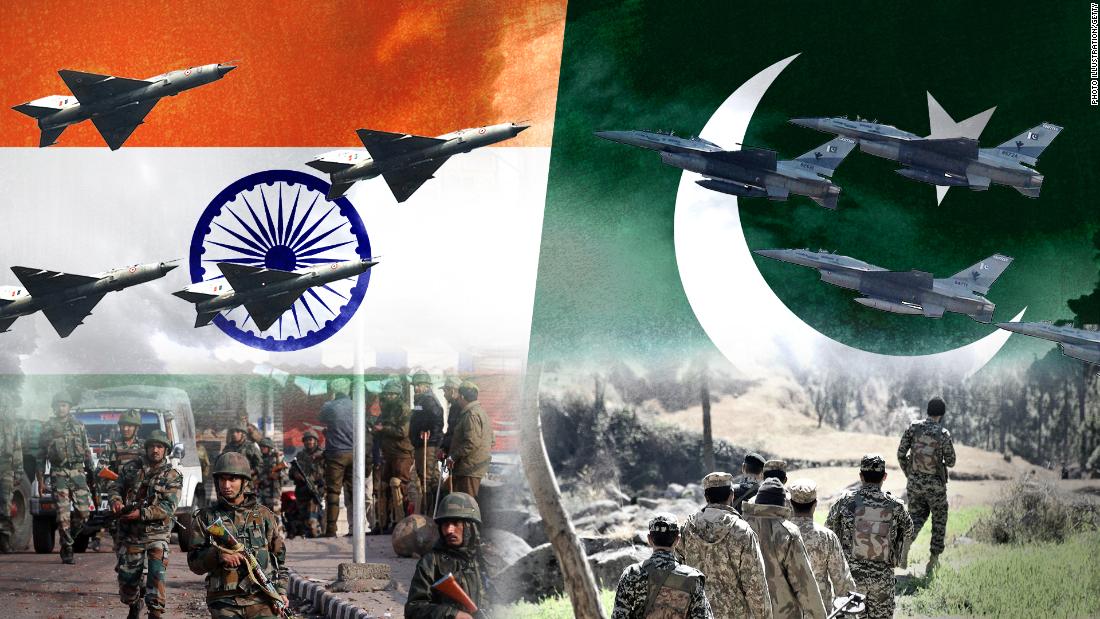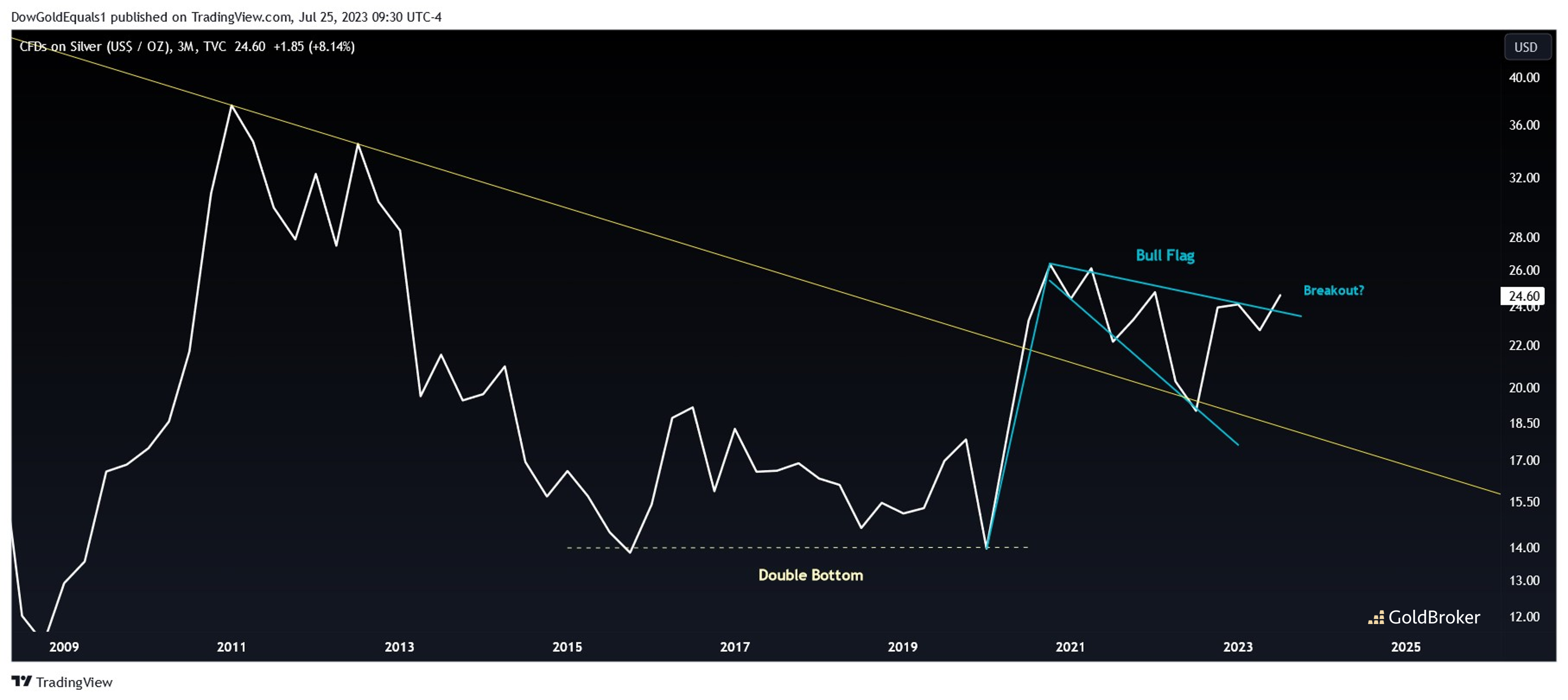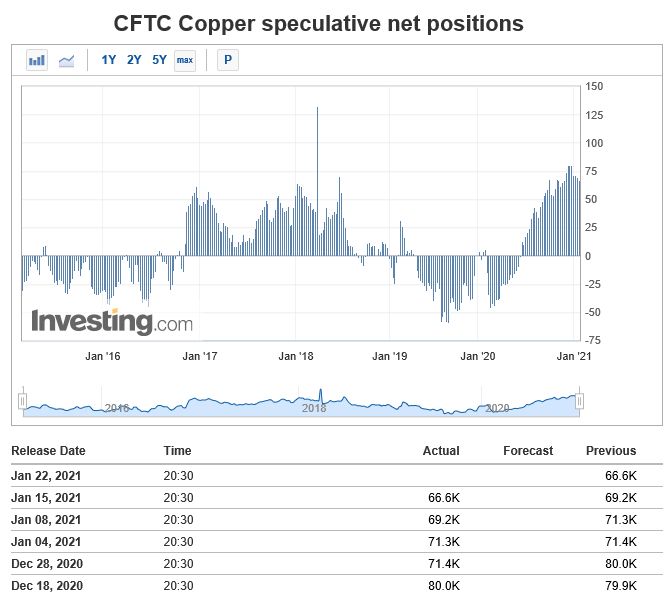Alright folks, let’s dissect the current India-Pakistan situation. As reported by CICC (China International Capital Corporation), the recent escalations, stemming from the Kashmir incident, have understandably set nerves on edge. But let’s be clear: this isn’t a new story.
The Kashmir dispute is a deeply entrenched historical headache, with flare-ups being, unfortunately, a recurring theme. Historically, these conflicts have tended to simmer down relatively quickly. This time, while both sides are flexing, a full-scale war seems…unlikely. International pressure is mounting for de-escalation, and frankly, neither nation really benefits from a protracted, large-scale conflict.
However, don’t dismiss the short-term ripple effects. We’re likely to see continued tension in the near term, but a massive, all-out war? I’m putting my money on ‘no’.
Here’s a quick primer on why this matters (and what it means for your portfolio):
Understanding the Kashmir Conflict: The roots lie in the 1947 partition of India and Pakistan, leaving the region’s sovereignty contested. This has fueled decades of intermittent conflict and mistrust.
Geopolitical Implications: The region’s strategic importance and nuclear capabilities add layers of complexity, making international mediation crucial. Any escalation risks wider regional instability.
Potential Market Impacts: Defense stocks, unsurprisingly, might see a boost. Agricultural commodities could also be impacted, at least temporarily, due to potential supply chain disruptions. However, a widespread market panic feels unwarranted, given the limited odds of a major confrontation.
But let’s be real, while defense and agriculture may get a temporary lift, the probability of widespread turmoil is low. Don’t go rearranging your entire portfolio based on this. Think calculated opportunity, not panic selling!







